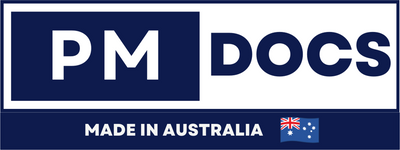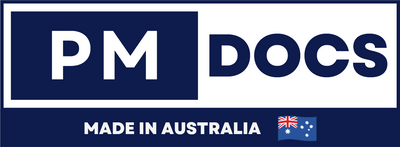Internal Audit Program Development: Australia Example & Best Practices
Introduction
Building an internal audit program is crucial for ensuring compliance and improving the efficiency of any organization. In Australia, this process is guided by specific standards and frameworks that help businesses align their operations with regulatory requirements. This article will walk you through the steps of creating an effective internal audit program, focusing on the Australian context. An internal audit program is a systematic process designed to evaluate and improve the effectiveness of risk management, control, and governance processes within an organization. It helps identify areas of improvement, ensures compliance with laws and regulations, and provides assurance that the organization's objectives are being met.

Why Is An Internal Audit Program Important?
Internal audit programs are essential for several reasons:
-
Ensuring Compliance: They ensure that the organization is complying with relevant laws, regulations, and internal policies.
-
Risk Management: They help in identifying potential risks and implementing measures to mitigate them.
-
Operational Efficiency: They evaluate the efficiency and effectiveness of operations and suggest improvements.
-
Fraud Prevention: They detect and prevent fraud by assessing the adequacy of internal controls.
Steps To Build An Internal Audit Program
Step 1: Define the Scope and Objectives
The first step in building an internal audit program is to define its scope and objectives. This involves identifying the areas that need to be audited and the goals you want to achieve. The scope should be comprehensive enough to cover all critical aspects of the organization.
Step 2: Develop an Audit Plan
An audit plan outlines the strategy and approach for conducting audits. It should include:
-
Audit Schedule: A timetable of when audits will be conducted.
-
Resources Required: Personnel, tools, and technologies needed for the audit.
-
Audit Procedures: Detailed procedures for conducting the audits.
Step 3: Establish an Internal Audit Framework
An internal audit framework provides a structured approach to conducting audits. In Australia, the framework should align with the standards set by the Institute of Internal Auditors Australia. Key components of the framework include:
-
Audit Charter: A formal document that defines the purpose, authority, and responsibility of the internal audit function.
-
Audit Methodology: A systematic approach to conducting audits, including risk assessment and testing procedures.
-
Reporting Process: Procedures for reporting audit findings and recommendations.
Step 4: Conduct Risk Assessment
Risk assessment is a critical component of the internal audit program. It involves identifying and evaluating risks that could impact the organization. The assessment should consider both internal and external factors and prioritize risks based on their potential impact and likelihood of occurrence.
Step 5: Perform the Audits
With the plan and framework in place, it's time to conduct the audits. This involves gathering evidence, testing controls, and evaluating compliance with policies and regulations. Auditors should document their findings and make recommendations for improvement.
Step 6: Report Findings and Recommendations
After completing the audits, the findings and recommendations should be documented in a report. The report should be clear and concise, highlighting key issues and suggested actions for improvement. It should be communicated to relevant stakeholders, including management and the audit committee.
Step 7: Follow-Up and Monitor Progress
The final step is to follow up on the recommendations and monitor progress. This involves tracking the implementation of corrective actions and ensuring that issues are resolved in a timely manner. Regular follow-up helps maintain the effectiveness of the internal audit program and ensures continuous improvement.
Best Practices For Internal Audit Programs
-
Continuous Training: Regularly train audit staff to keep them updated on new regulations and auditing techniques.
-
Use of Technology: Leverage technology to enhance the efficiency and effectiveness of the audit process.
-
Stakeholder Engagement: Engage with stakeholders throughout the audit process to ensure their concerns and expectations are addressed.
-
Regular Reviews: Regularly review and update the internal audit program to ensure it remains relevant and effective.
Conclusion
Building an effective internal audit program in Australia requires a structured approach, adherence to standards, and continuous improvement. By following the steps outlined in this article, organizations can ensure compliance, enhance risk management, and improve operational efficiency. An internal audit program is not just a compliance requirement but a valuable tool for driving organizational success. Implementing a robust internal audit program will help you stay ahead of potential issues and maintain a strong control environment. With the right framework and practices in place, your organization will be well-equipped to meet its objectives and navigate the complexities of the regulatory landscape.




